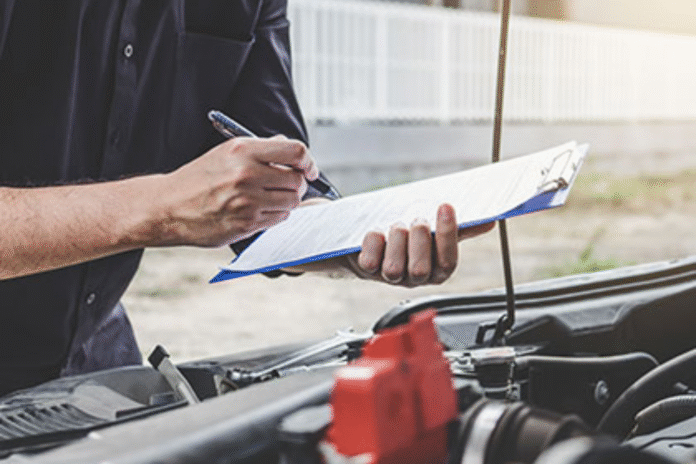Maintaining your vehicle’s roadworthiness is crucial for your safety, your passengers’ safety, and others on the road. Regular inspections can catch overlooked issues before they become hazards or costly repairs. This comprehensive guide helps identify essential areas to inspect, stay compliant with legal and safety standards, and develop habits for ongoing vehicle care.
Understanding Roadworthiness
A roadworthy vehicle meets all operational and safety standards required by law. This means it can be driven safely on public roads, avoids preventable breakdowns or accidents, and passes all necessary inspections. Key elements include functional brakes, sufficient tire tread, adequate lighting, transparent windshields, and a strong, undamaged frame. Even a failing component can make a car unfit for the road, putting everyone at risk and potentially resulting in significant legal liability. Regular car inspections Houston TX help ensure that vehicles remain compliant and safe for daily use.
Essential Components to Inspect
The brake system is a crucial safety feature in any vehicle. Regularly inspect brake pads and discs for wear or damage, and check brake fluid levels. Tires should have at least 1.6mm of tread depth, and tire pressure should be checked monthly. Maintaining all vehicle lights, including headlights, brake lights, indicators, and fog lamps, is essential for visibility. Dim or non-functional lights increase risk during night driving and adverse weather conditions. Test each light periodically and replace bulbs as soon as they fail. Clean headlight covers for maximum visibility. Steering and suspension systems directly affect the vehicle’s maneuverability and absorb road imperfections. Neglecting these systems can lead to dangerous breakdowns and costly repairs.
Legal Requirements and Compliance
Roadworthiness standards differ from one region to the next but generally cover the core systems described above. Regulatory bodies like the UK’s Driver and Vehicle Standards Agency (DVSA) regularly update their Guide to Maintaining Roadworthiness, offering detailed information for vehicle owners and operators. In the United States, similar guidelines are enforced at the state level, and it’s crucial to familiarize yourself with your area’s requirements.
Regular Maintenance and Record-Keeping
Routine maintenance is the best insurance policy against unexpected breakdowns and can greatly extend your vehicle’s lifespan. Schedule inspections and stick to the manufacturer’s service intervals for oil changes, filter replacements, and system checks. Keep a detailed log of all repairs, parts replacements, and service appointments—this not only helps with troubleshooting but also boosts your vehicle’s resale value and ensures you’re always legally protected.
Conclusion
Maintaining a roadworthy vehicle isn’t just about avoiding tickets or passing annual inspections—it’s about fostering a culture of respect and caution on the road. You protect yourself, your loved ones, and your community through timely car inspections, adherence to legal standards, and proactive maintenance. Make roadworthiness checks a regular part of your driving routine, and encourage others to do the same for a safer, smoother journey for everyone.

